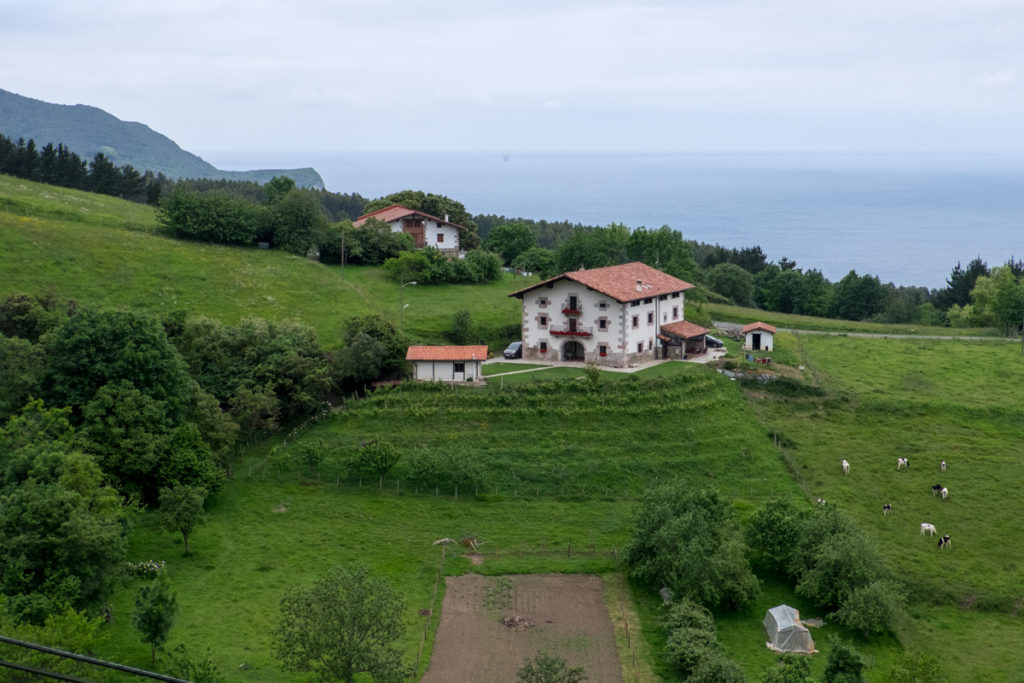What is the Camino de Santiago?
The Camino de Santiago, or Way of St. James, is a 1000 year old pilgrimage route that starts in many parts of Europe, combining into two or three main routes through Spain, finally arriving at the tomb containing the bones of St. James the Apostle.. Legend has it that St. James’ bones were found in a field in Galicia around 900 AD, having been brought to Galicia 900 years earlier by a boat led by angels. King Alfonso first built a small chapel upon hearing of the relics, and later a large church in present day Santiago Campostela. During this period of time, church relics ( pieces or fragments that supposedly represented a physical connection with someone or something fro the time of Jesus) were very potent religious materials. At the same time, much southern Spain was dominated by the Moors, the result of the Arab world spreading through north Africa during a decline in the West. Strengthening the presence of Christian kings in northern Spain could be helped by encouraging a steady stream of Christian pilgrims through that region. Pilgrimages declined over the centuries as the medieval thoughts about relics declined, but in the late 20th Century, the pilgrimage was popularized again, this time for secular and spiritual purposes. Thousands of people come from around the world to walk the Camino every year, and many walk the whole 500 miles from the French border to Santiago.

